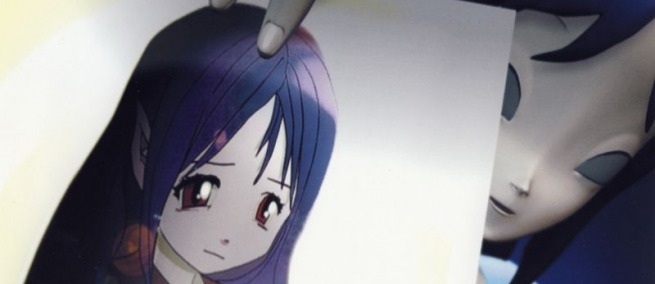
Annlee is a stock character that once had no narrative attached. The French artists Philippe Parreno and Pierre Huyghe collaborated (with each other and at least ten other artists) to create one for it. The result of their collaboration, “No Ghost Just A Shell,” will be presented in the upcoming Whitney Museum show Dreamlands, curated by Chrissie Iles. The title for their artwork is a play on the 1995 Mamoru Oshii animated film GHOST IN THE SHELL, which takes place in the future when the armed forces are cyborgs connected through a matrix-like internet system, and each has a “ghost” aka consciousness, intuition, or soul. Science & Film spoke with Pierre Huyghe on Skype from his studio in Williamsburg, Brooklyn about the project.
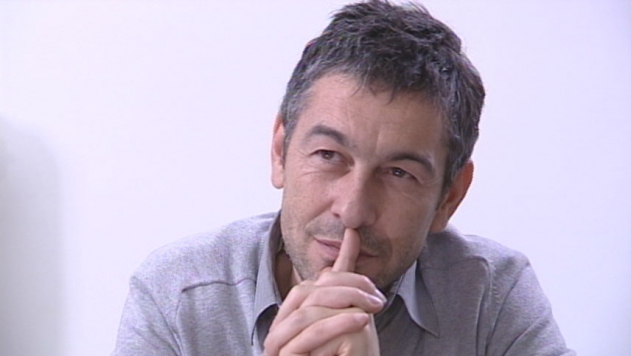
Science & Film: I interviewed Chrissie Iles about the Whitney’s Dreamlands exhibition and she told me that one way she was interested in placing your Annlee project was in the context of looking at the cyborgian body. Could you see your project from that perspective?
Pierre Huyghe: You can always stretch interpretations to cover things that were probably not there at the beginning. Of course, you can say Annlee was an empty vessel and different authors made that vessel living or at least metaphorically living. But, it could also be a metaphor for an organism—it can also be Annlee as a living organism. You can also say that to create a body you need different cells and that each cell is interdependent. You can take different metaphoric paths. Definitely, this was a collaborative project.
S&F: What was one of the most surprising ways someone used Annlee?
PH: I never really thought that way to a certain extent. There was a diversity of propositions, some of which I might have liked more than others. Rikrit Tiravanija did an eight hour-long film in which Annlee is reading Do Androids Dream of Electric Sheep by Philip K Dick. So in that regard, probably he was approaching it in a very cyborg way.
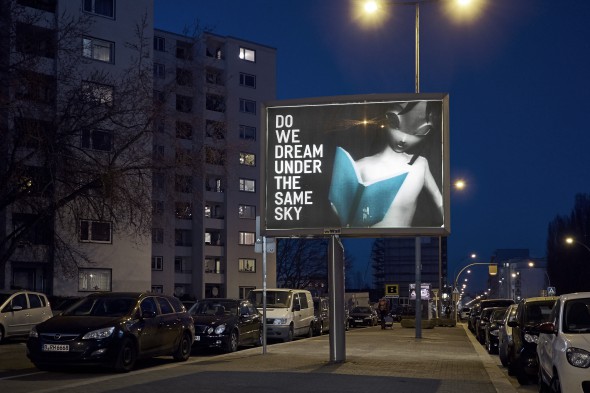
S&F: How did you and Philippe come together around this project?
PH: Philippe and I wrote down, as if in a film or book, the prologue to the project and how it would unfold. We discovered that there were characters that were for sale in some agency for fiction needs in Japan. You go to this kind of agency and select a character for use in advertising so you don’t need to draw your own. It is a stock of characters. You can use them for any purpose; usually it is a commercial purpose like a cartoon or advertising. [In 1999] we bought one of the characters: the one we picked had no identity or fictional narrative. The way that we could allow different people and authors to speak through it was to create a 3D model of that character with sensors. Then, other people could use that character. This project is a proliferation and connection between a set of people.
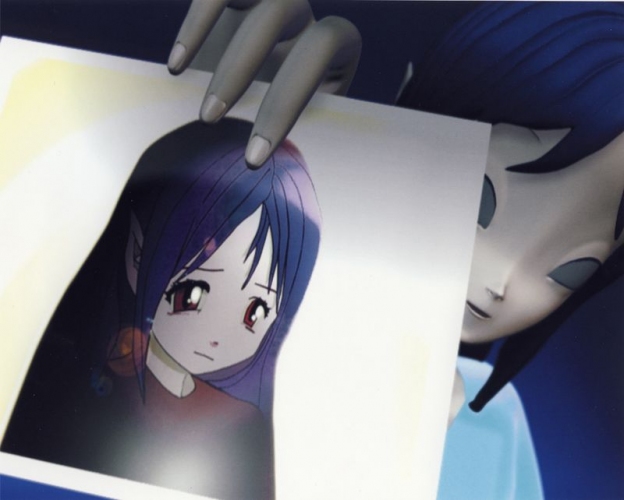
S&F: So it’s your project, but all of these artists will be in the exhibition as well?
PH: Yeah, exactly. I think Chrissie will show mainly the films but there was also a magazine, a record, a painting, some objects, and many other things. Tino Sehgal was not part of it at the time but has done [a performance] based on Annlee. There was also a book and that book also gathered different authors—they were on the writing side but we consider them on the same level as something with the animated character.
S&F: Did you “kill” her at some point?
PH: First, I think we were always trying to not say “her” as much as we could. We decided that there was a moment when it became interesting to remove it out of circulation. Also, we didn’t want to be the owner. When you buy the character you become the owner of an object. We didn’t want to be the owner of that character, and so we went through a long discussion with lawyers. We decided that the character should belong to itself. We had to create an association, which was called Annlee, and so if there is prejudice or if someone uses Annlee there would be a trial. She gained back her identity within that legal sense. We did that in 2001 or 2002.
Another aspect of this project that may be very different than what Chrissie will do within the frame of the exhibition is that this project has always been about activating different places and different times. The first time was in Paris; Philippe has a gallery in Paris and I have a gallery in Paris and there was the same invitation card sent to people so they would go into the city, the galleries being quite close to each other, enter one gallery and discover that character and then go to another gallery and encounter this character again. Of course, when there were two of us we worked like that. When there were ten people it could happen in Japan and in the same time in Germany so basically this became more viral. It was also this question of the fragile existence—appearing and disappearing at different points. So, it was not like I go to a gallery at 8pm and to see her. Or, I go in a museum and I see a multi-screen installation. It was really this idea that it could just appear and disappear at different times. That object appearing and disappearing was also a certain form of existence of that character.
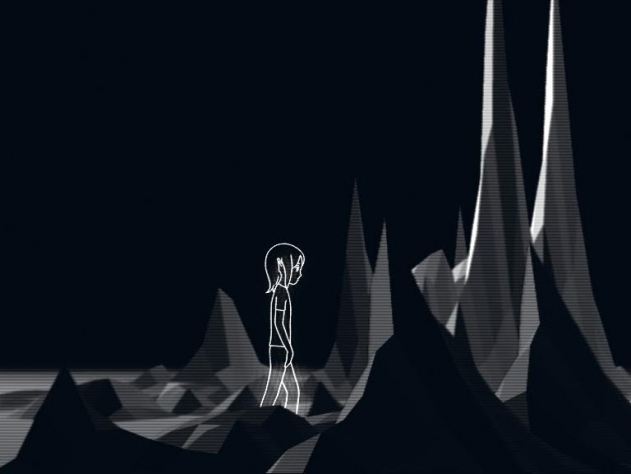
S&F: It’s like someone periodically broadcasting himself or herself on YouTube, or something. Would you tell me how much you paid for the character?
PH: It was in Yen. It was 4,600 Yen [$46]. It was a cheap character.
S&F: What was the process of making the character into something you could share?
PH: We went from a 2D character, a flat image, to 3D modeling, to motion-capture. We had to find a simple economy that we thought would be the most efficient tool. We were unable at the time to do ten animated films—that would have been very economically difficult. In that regard the technology was a way for us to simplify production, but also became quite interesting as we used them. There is a need and then you find the tool and then you play with the tool.
S&F: One of the things I was interested in, in talking with Chrissie about the show, is how artists use technology. For you, does the idea come first?
PH: In this case the idea came first. The technology was really adequate to this collective project. We didn’t create the tool, the tool existed, but we put together different technologies in order to allow that community of people to do something, to speak through that character.
The group exhibition Dreamlands will open at the Whitney Museum of American Art on October 28, 2016 and run through February 5, 2017.
Pierre Huyghe is represented by Marian Goodman Gallery, Hauser & Wirth, Esther Schipper, and Chantal Crousel. On September 26, 2016 he was awarded the $100,000 Nasher Sculpture Prize. Science & Film has previously covered his work from an exhibition which was at the Moderna Museet in Stockholm.